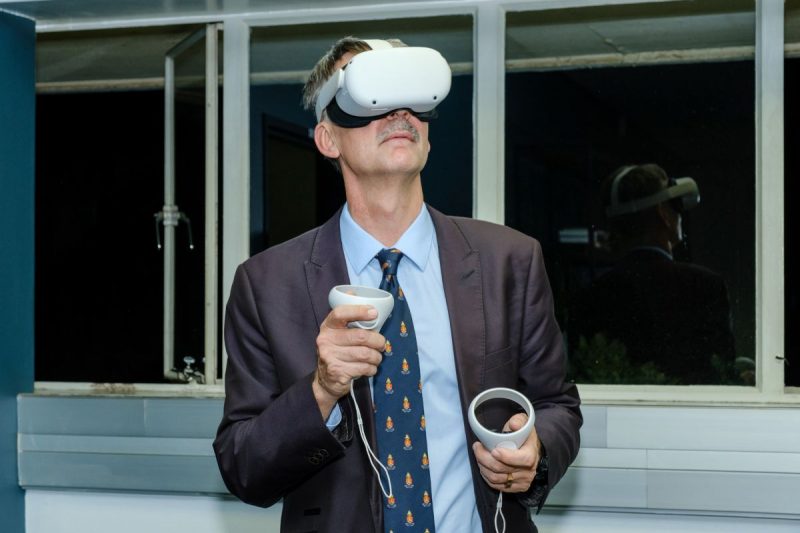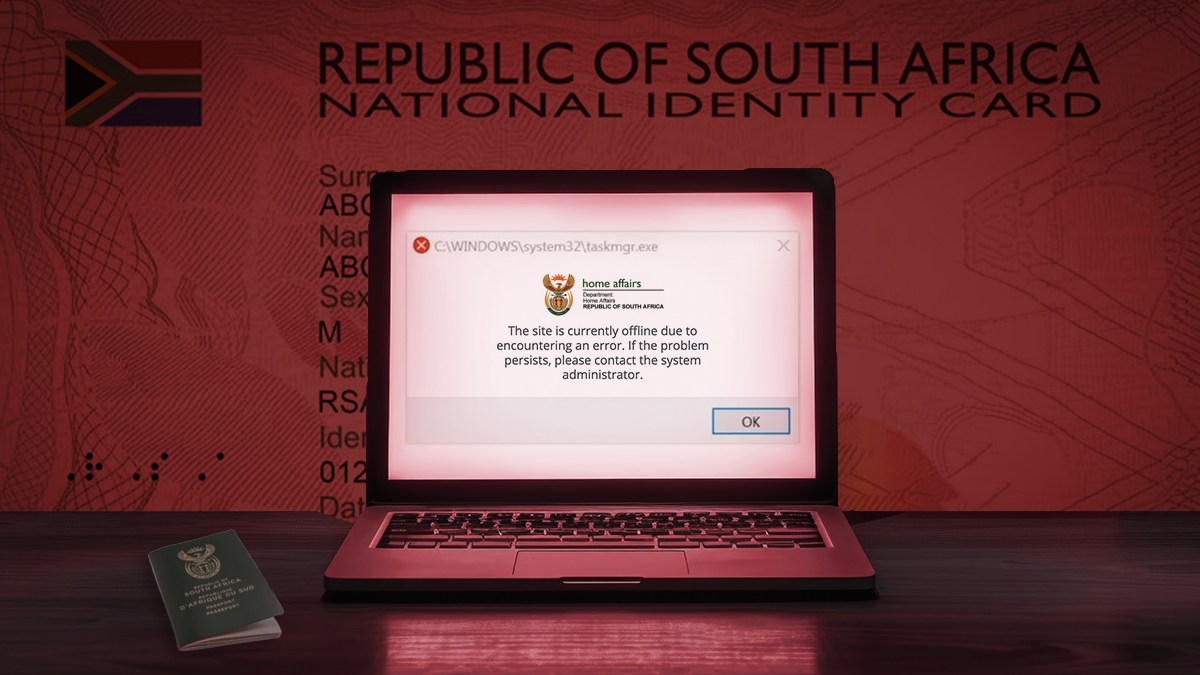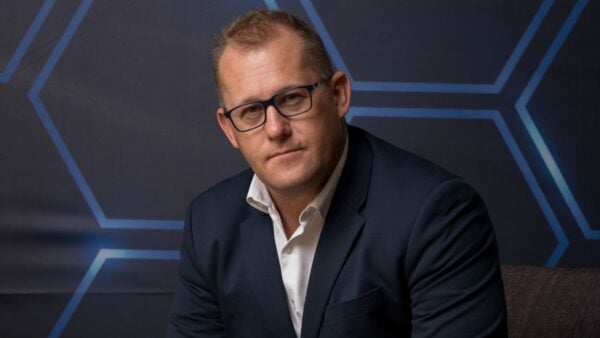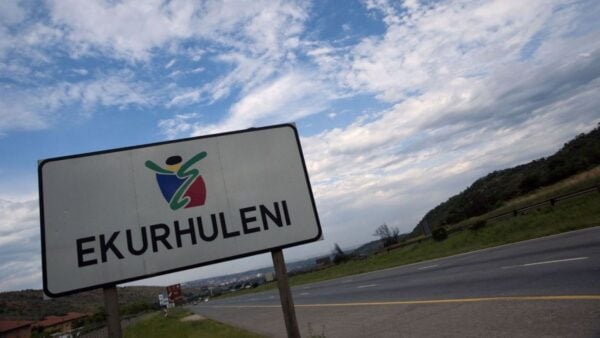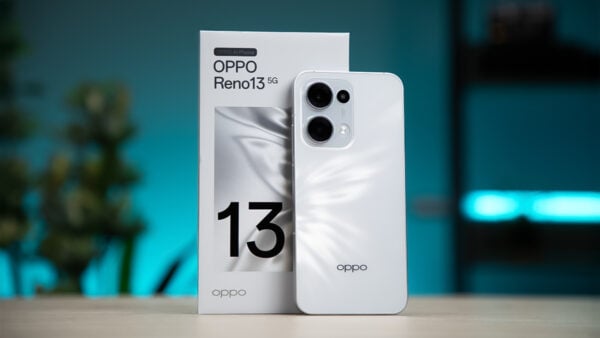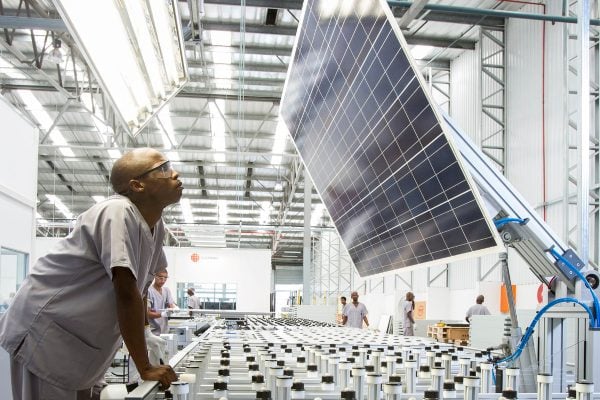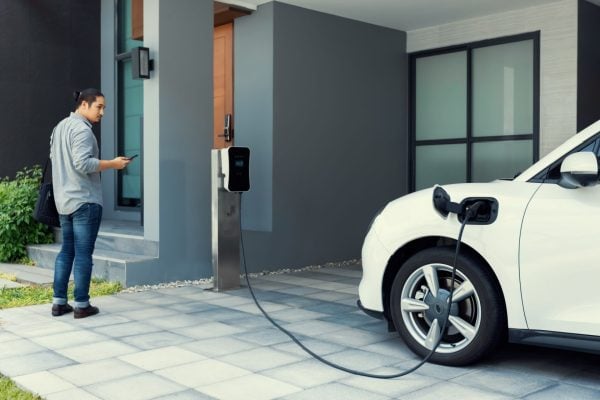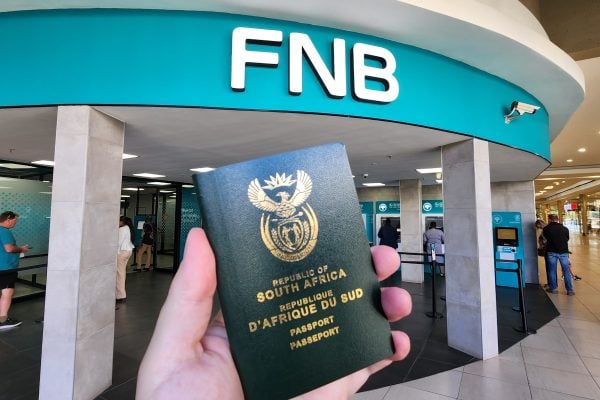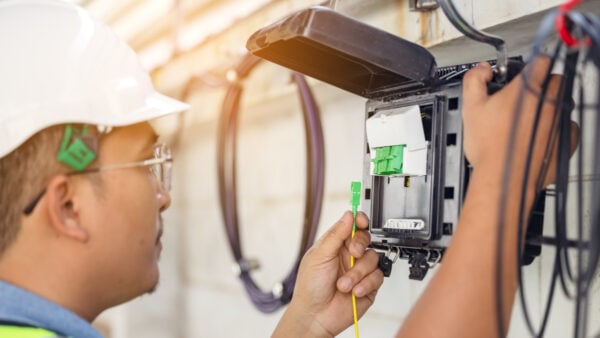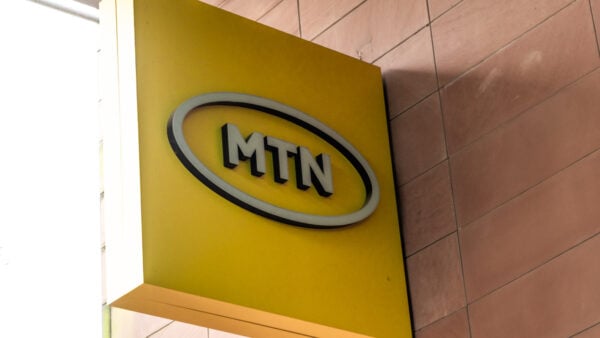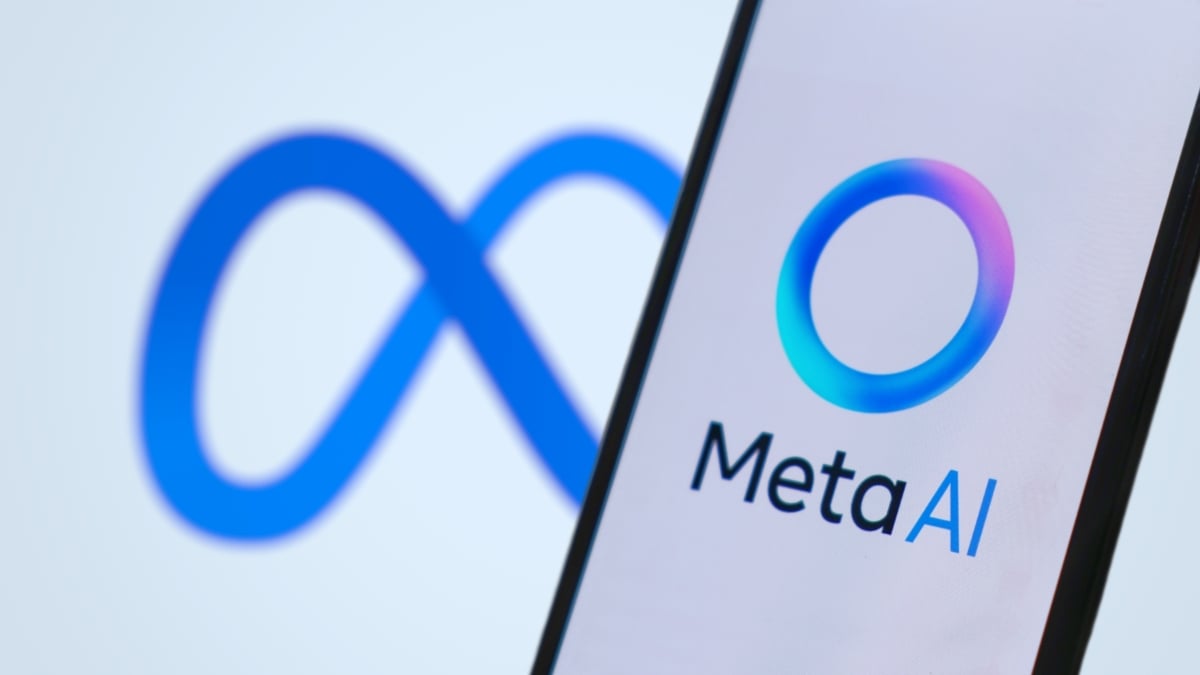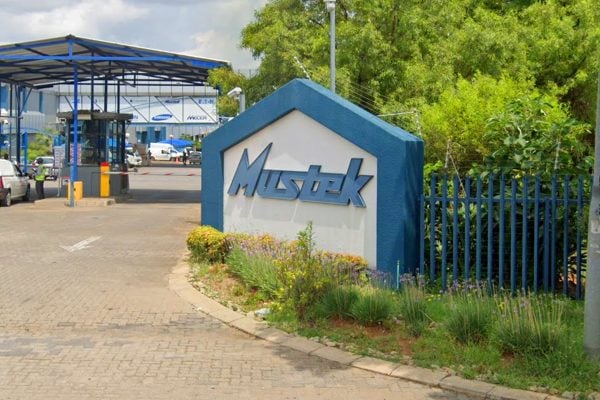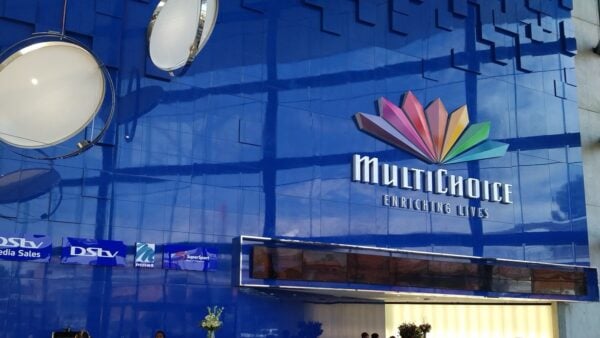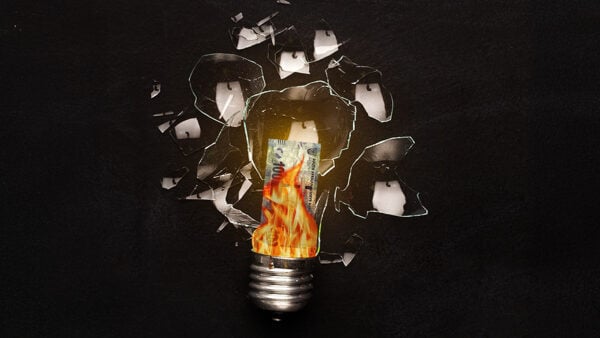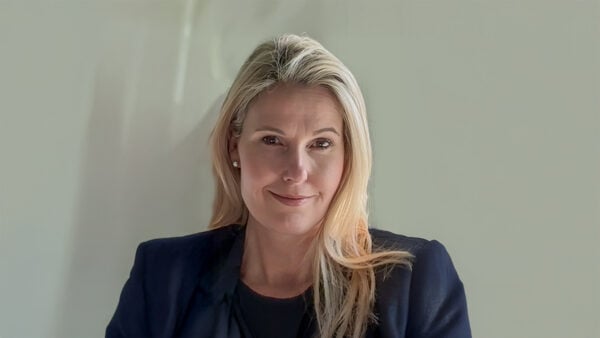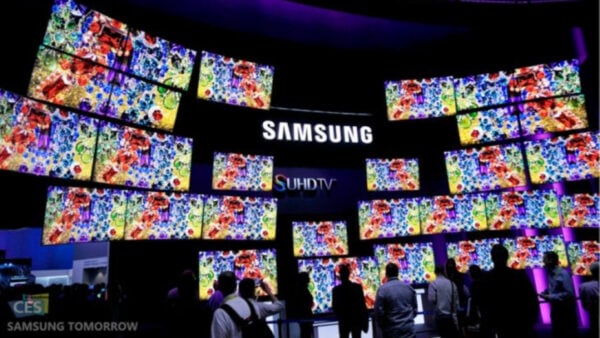University of Pretoria using VR to transform learning
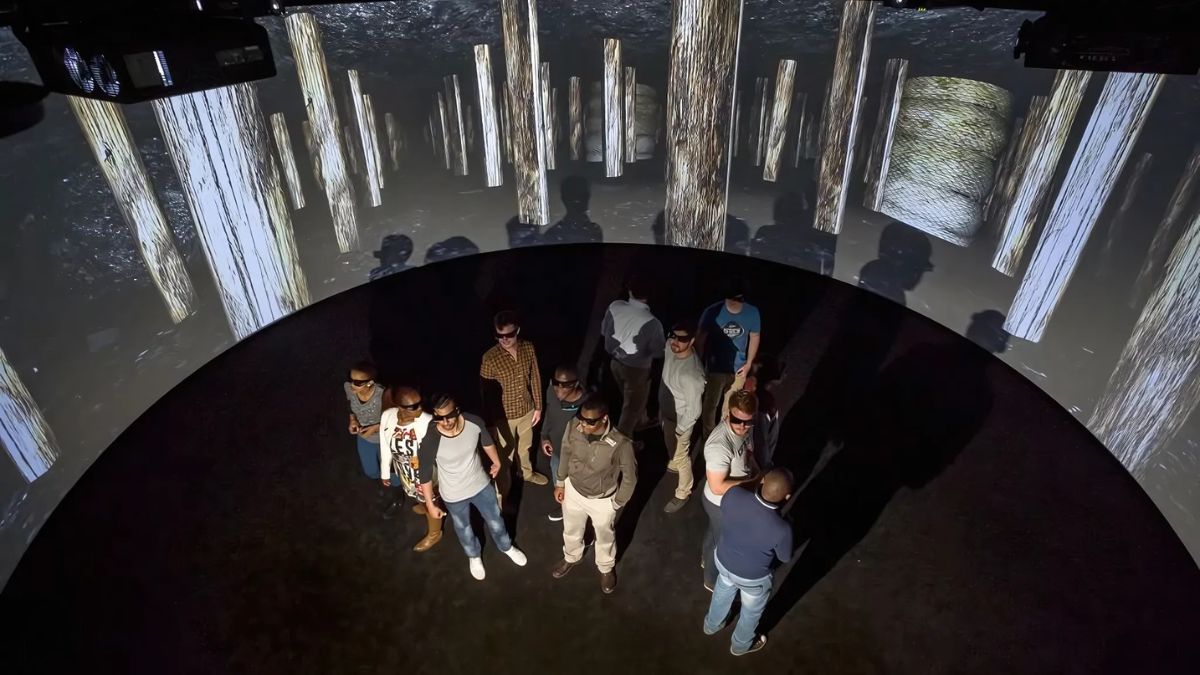
The use of virtual (VR) and augmented reality (AR) for educational and research purposes has been and will continue to be a gamechanger.
These were the words of Jannie Maritz, Senior Lecturer at the University of Pretoria’s (UP) Department of Mining Engineering.
The UP’s Faculty of Engineering, Built Environment and Information Technology (EBIT) hosted MyBroadband as part of a media tour to demonstrate its Kumba Mining Virtual Reality Centre.
The UP’s Department of Mining Engineering, which ranks among the world’s top 50, launched its VR Centre for Mine Design in 2015. It was initially sponsored by miner Kumba Iron Ore.
It was the first of its kind to be hosted at a university in Africa and the second in the southern hemisphere.
The facility, which has undergone various developments and improvements since its launch, consists of three sections.
- The first section comprises a computer-assisted lecture hall where students learn about mine design and apply their newly acquired skills to their own mine design projects.
- The second section comprises a wall-to-wall 3D theatre, where presentations and other teaching resources are showcased so that students can learn through a visual process.
- The final section provides an immersive experience, and comprises a theatre with 360° floor-to-ceiling screens inside which the VR simulator casts images against the dark surrounding panels.
The VR Centre for Mine Design was constructed to provide safe training to students and mine staff on mine safety and related issues in a simulated mining environment.
“Using these tools, we can transport [students] to remote or hazardous locations, like underground mines, or they can train on virtual equipment before handling real machinery in the lab – all boosting safety and accessibility,” said Maritz.
He explained that the equipment could realistically simulate a range of mining functions, from accident reconstruction and risk analysis to responding to potential hazards and testing evacuation procedures.
Virtual and augmented reality are valuable because the training is done in a low-risk, high-impact learning environment.
Additionally, there is the VR blast training wall, which teaches those involved about safe and efficient blasting practices in an environment that virtually simulates an underground mining environment.
They can design the blast, mark the blast holes and blast hole timing sequence activities, execute the blast, and experience the explosion on the screen.
“Since launching this, learning and teaching experiences have truly been taken to the next level,” said Maritz.
He explained that the centre’s learnings are being rolled over to the health sciences faculty, which is now embarking on a drive to use XR in its departments.
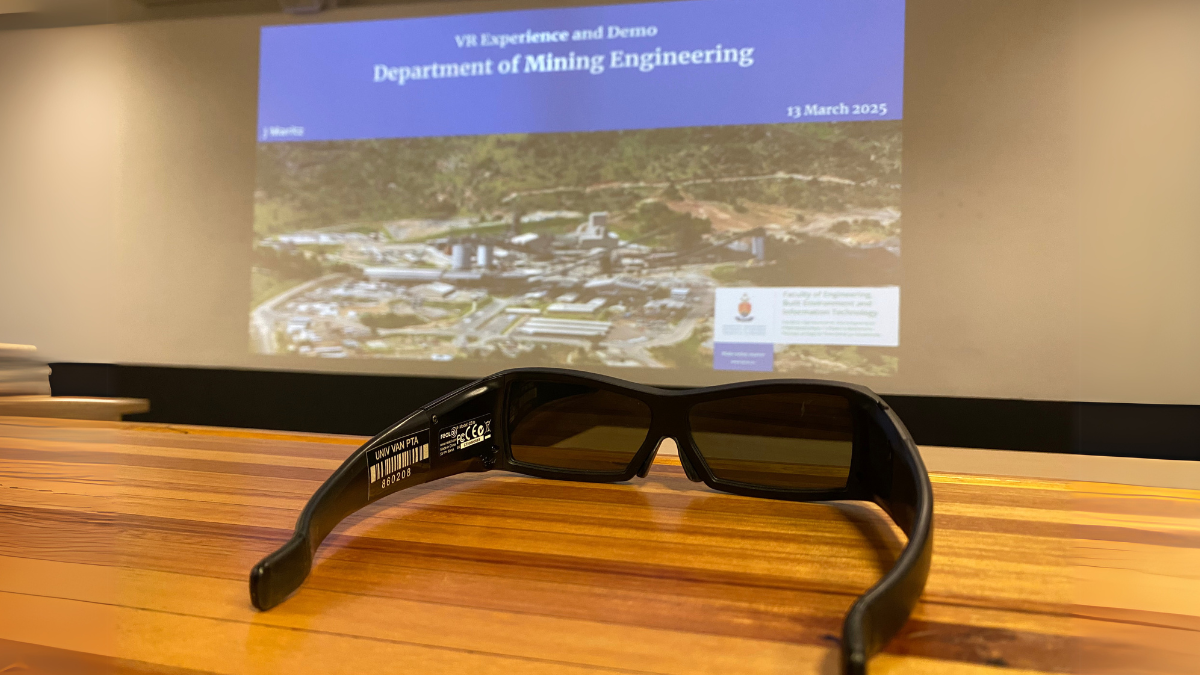
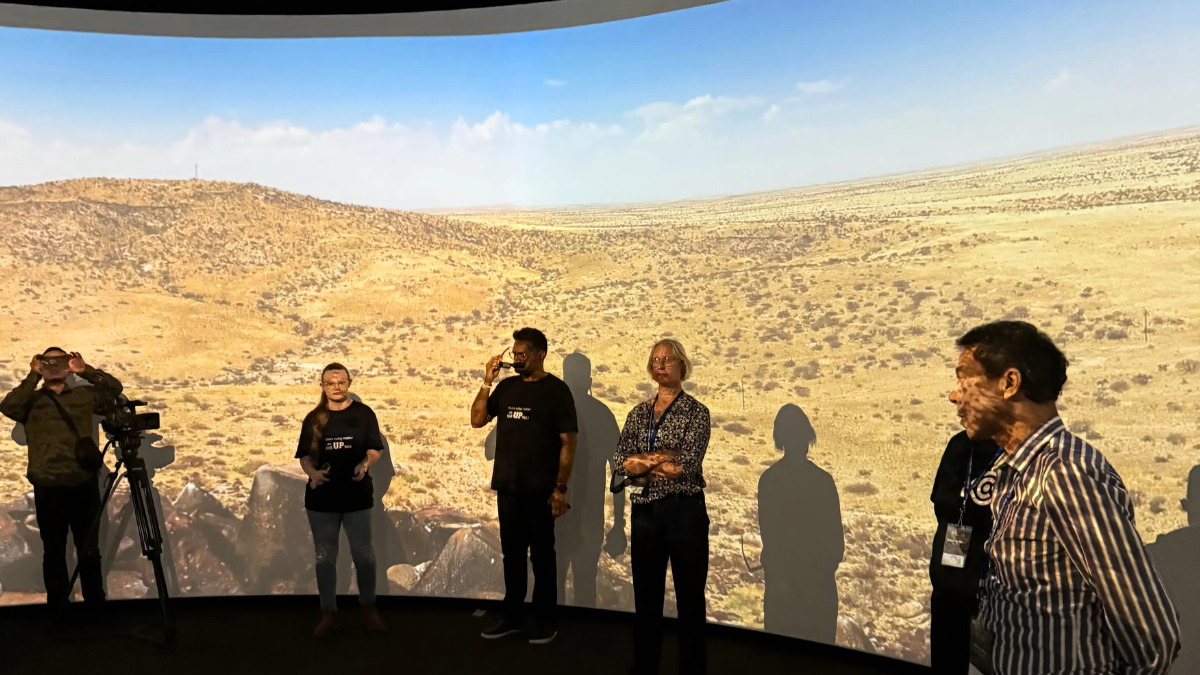
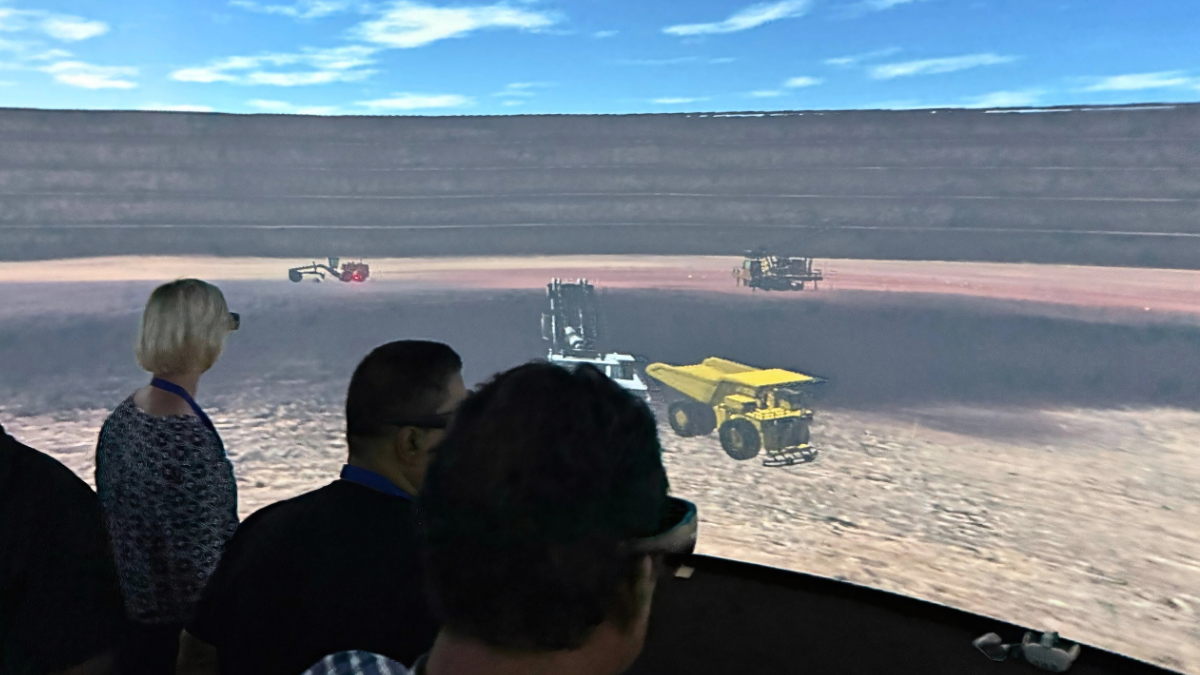
Immersive Technology Lab
The push of VR, AR and XR at the University of Pretoria is nothing new. Last year, EBIT launched its Immersive Technology Lab, focused on virtual reality (VR).
Located at the Department of Information Science in Hatfield, the high-tech facility extends access to immersive technologies like VR to more university students, not just those in mining engineering.
“This cutting-edge facility is designed to immerse students and staff in the dynamic world of virtual and mixed-reality technologies,” said lecturer Annique Smith.
“It serves as an open-access space where students can explore various applications for learning and entertainment.”
“At the same time, staff members can utilise the lab to enhance teaching and conduct pioneering research on user interactions with these advanced technologies.”
Immersive technology plays a crucial role in education by allowing students to experience complex concepts and scenarios that would otherwise be difficult to simulate in traditional learning settings.
The lab boasts three “play areas” and four development pods. Students can book the play areas for 30-minute sessions to enjoy a range of VR experiences using Meta Quest headsets.
The development pods are equipped with high-performance computers and HTC Vive and Valve Index headsets, allowing students to hone their development skills and create new virtual experiences.
Looking ahead, Smith said that the lab plans to expand its capabilities by working closely with staff to develop new teaching and research applications.
These applications will help to deepen engagement with immersive technology and foster collaboration across departments and with industry partners.
“As universities strive to prepare students for a future where technological proficiency is essential, integrating immersive technology into their programmes is crucial,” she said.
